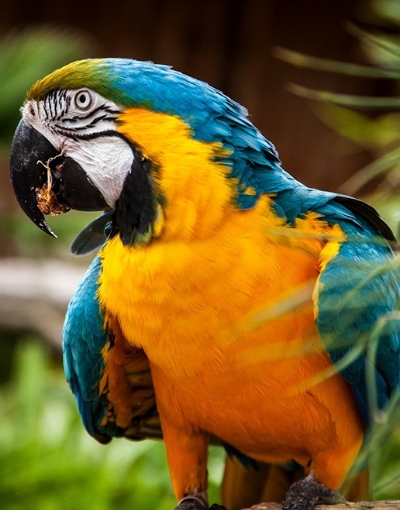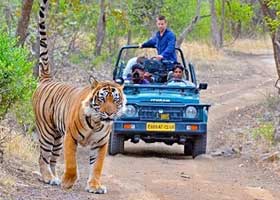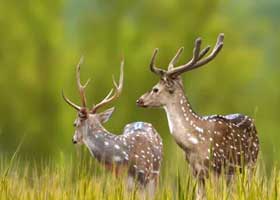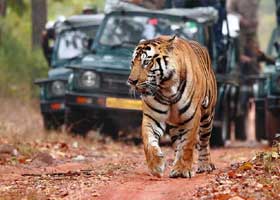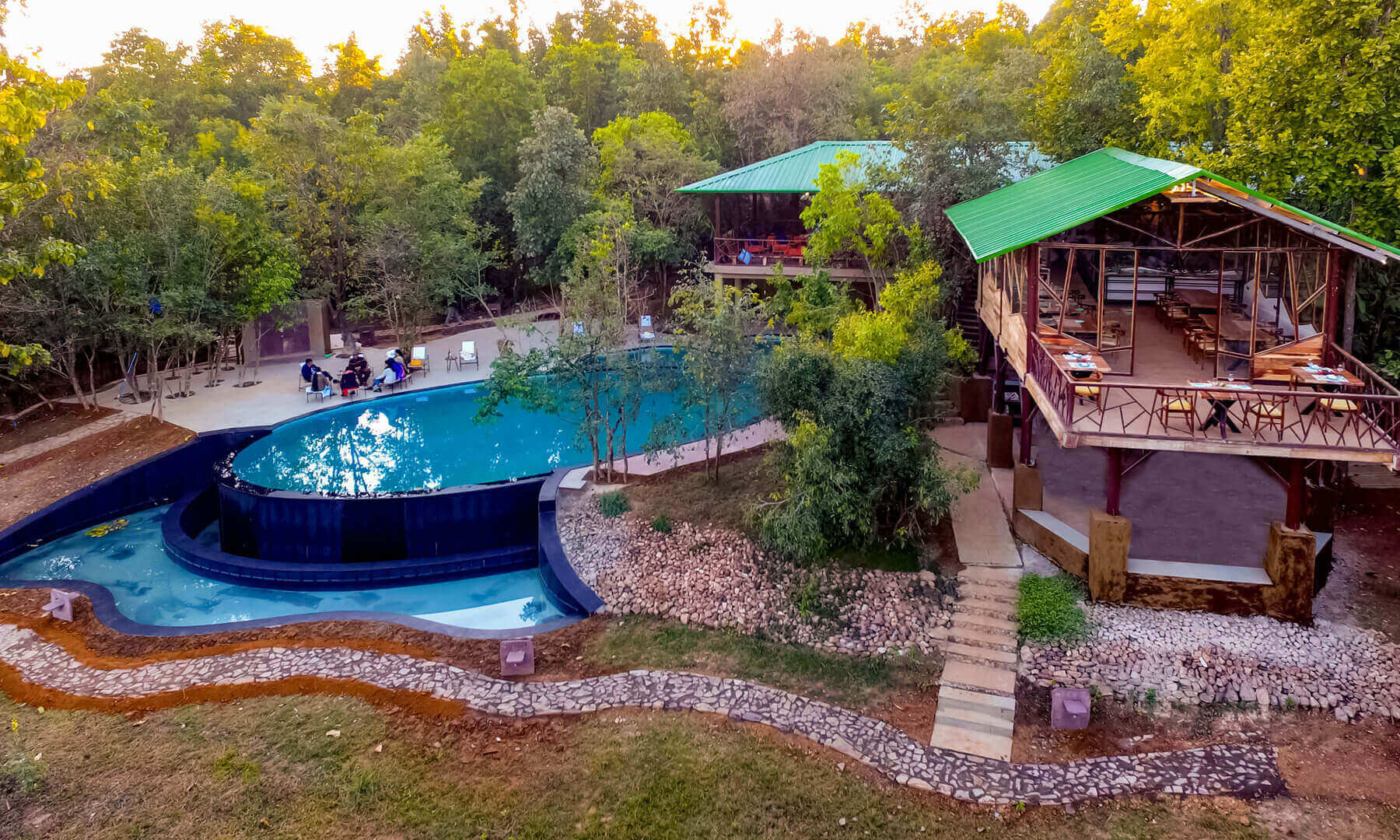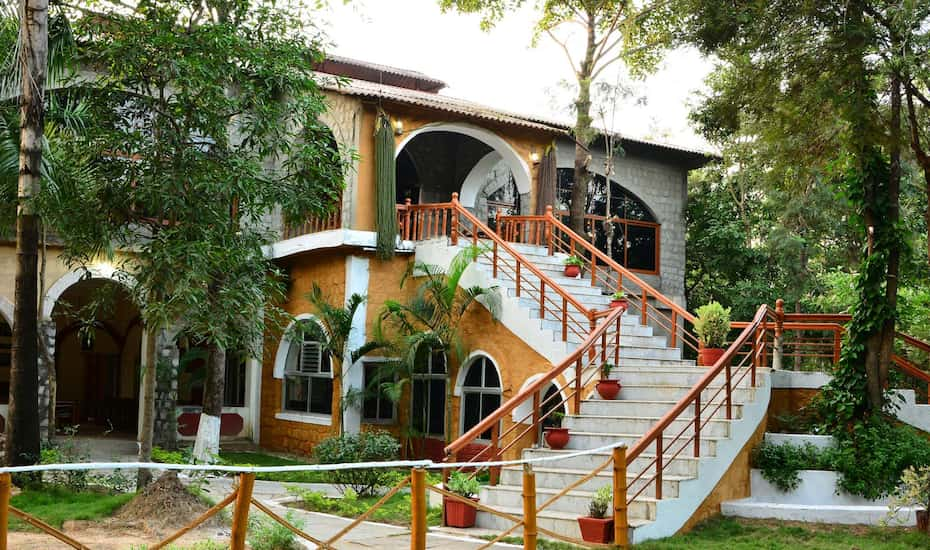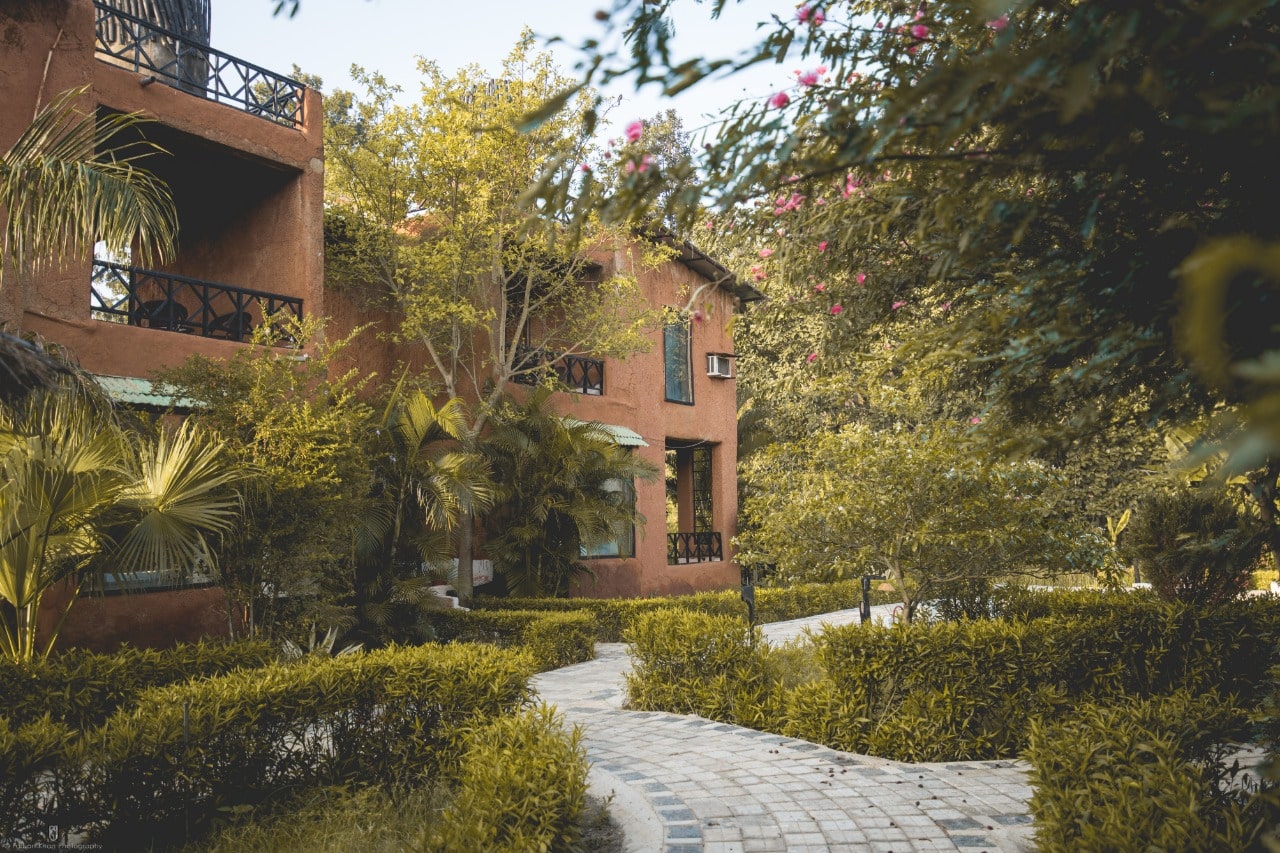Kanha National Park, situated in the beautiful land of Madhya Pradesh, has a rich history that spans centuries. The park's journey from a hunting ground for the royals to a renowned tiger reserve and biodiversity hotspot is a testament to the significance of wildlife conservation in India.
Hunting Grounds of the Royals: Long before Kanha National Park was established, the region served as a hunting ground for the royals of the erstwhile state of Rewa. The dense forests and abundant wildlife attracted Maharajas and British officials for hunting expeditions. The area gained fame for its thriving populations of tigers, leopards, and deer species.
Transformation into a Sanctuary: In 1933, the region was declared a wildlife sanctuary by the British, primarily to protect the endangered barasingha, also known as the swamp deer. As it was known then, the Kanha Sanctuary covered an area of about 250 square kilometers and provided limited protection to the wildlife inhabiting the region.
Establishment as a National Park: In 1955, Kanha Sanctuary was upgraded to a national park, becoming one of the first national parks in India. The park's boundaries were expanded to include an area of approximately 940 square kilometers. The establishment of Kanha National Park aimed to provide enhanced protection and conservation measures for the diverse flora and fauna present in the region.
Conservation Efforts and the Barasingha: One of the significant achievements of Kanha National Park's history is the successful conservation of the Barasingha population. Thanks to dedicated conservation efforts, the people of Barasingha in Kanha have rebounded significantly, making it one of the prime locations to spot this rare and endangered deer species.
Recognition and UNESCO Designation:Kanha National Park's exceptional biodiversity and conservation efforts gained recognition on a global scale. In 1973, the park was designated as one of the initial nine tiger reserves under India's Project Tiger initiative to protect the dwindling tiger population. Furthermore 2011, Kanha National Park was declared a UNESCO World Heritage Site, recognizing its outstanding universal value and the need for its preservation.
Ecotourism and Sustainable Practices:Over the years, Kanha National Park has embraced sustainable practices and promoted ecotourism to ensure the preservation of its delicate ecosystem. The park authorities have implemented measures to minimize human-wildlife conflict, regulate tourism activities, and educate visitors about the importance of conservation. The revenue generated from tourism plays a crucial role in supporting the park's conservation efforts and local communities.
